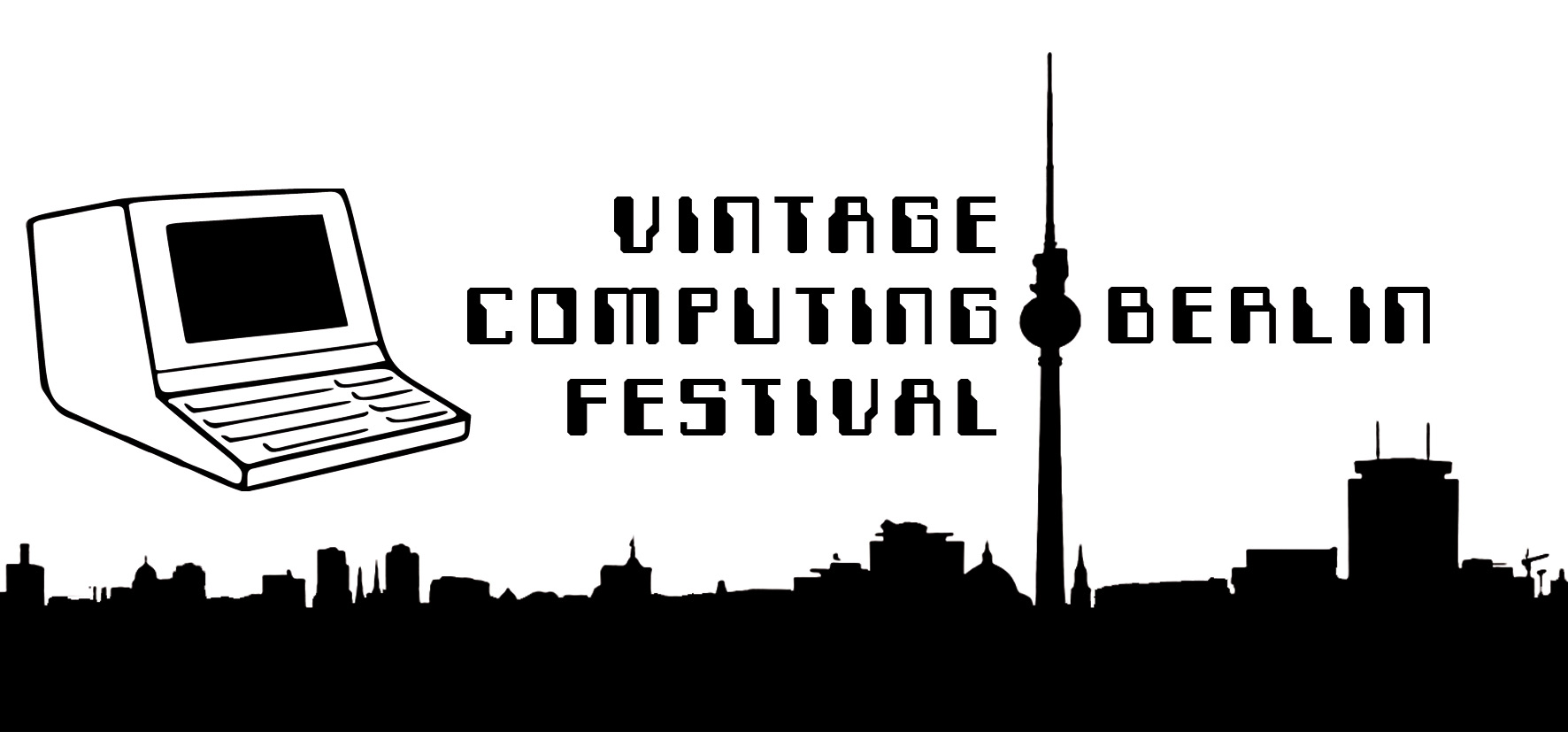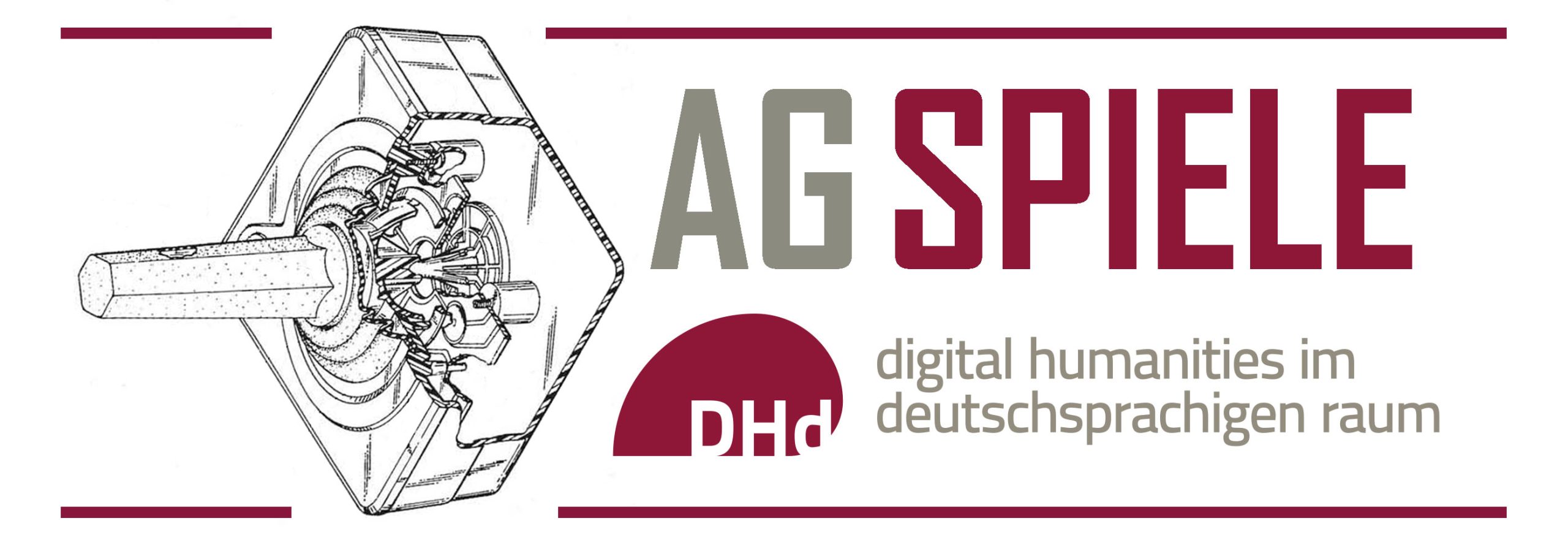Auf der diesjährigen Ludomusicology-Konferenz (in Edinburgh) tragen Thomas Fecker und ich etwas zur Sprachsynthese in frühen Arcade- und Computerspielen vor. Hier der Abstract für unseren Vortrag:
From Daisies to @;&?$꩜
Computer Voices in Early Electronic Games
Lecturer/Performer: Stefan Höltgen, Thomas Fecker, QBert, S.A.M
Since the IBM 7094 surprised its audience in 1961 with the first computerized singing voice, many engineers started searching for technologies to (re)produce human speech with electronic aids. Because of the enormous cost and effort for digitizing sounds back in the day an alternative had to be found. For this, the insights of phonetics and techno-historical experiments with voders and vocoders were combined. From the midst of the 1970s hardware and software solutions for computerized speech output came to market – a market that had just been conquered by microprocessors and home computers which then got their own voice.
Our talk will recapitulate this genealogy of digital-synthetic voice generation and its epistemological sources to show a specific application – first in hardware (arcades and pinball machines) then in software (home-computer games) based games. The essential technologies (formant synthesis, pulse-width modulation and low-resolution sampling) will be explained and performed by the apparatuses and programs of that time.
Questions about how those games benefit from speech synthesis aesthetically and how the somewhat creepy synthetic voices from QBert, S.A.M., and low-res sampling became more common through their application within games will be discussed. To argue this we will show how specific speech sounds enrich the game soundscapes and thus the gaming experience. With the help of brought-in hardware and software speech synthesizers (Votrax SC-01, 1-Bit-Voice-Sampling, S.A.M.) this will be exemplified audibly. For this, the technologies shall enter the stage and explain themselves as co-speakers in a lecture performance.
Literature
- Votrax International Inc. (1980): Votrax SC-01 Phoneme Speech Synthesizer. In: http://www.bitsavers.org/pdf/federalScrewWorks/Votrax_SC-01_Phoneme_Speech_Synthesizer_Data_Sheet_1980.pdf
- Keichel, C. (2018): Sprechen/Versprechen. Sprachausgabe in Computerspielen der frühen 1980er Jahre. In: Höltgen, S./Baranovska, M. (Hgg): Hello, I’m ELIZA. Fünfzig Jahre Gespräche mit Computern. Bochum: Projekt, S. 211-224.
- Braguinski, N. (2018): RANDOM. Die Archäologie elektronischer Spielzeugklänge. Bochum: Projekt, S. 107–160 (Kapitel “Sprachimitationen”).
- Borbach, C. (2018): Sprachspiele|Stimmsynthesen. Zur nachrichtentechnischen Genese des auditiven Pendants zu ELIZA. In: Höltgen, S./Baranovska, M. (Hgg): Hello, I’m ELIZA. Fünfzig Jahre Gespräche mit Computern. Bochum: Projekt, S. 177-198.
- Story, B. H. (2019): History of Speech Synthesis. In: W. Katz & P. Assmann (Eds): The Routledge Handbook of Phonetics, Chapter 1. Abingdon: Routledge, pp. 9-32.
- Bristow, G. (Ed.) (1984): Electronic Speech Synthesis. Techniques, Technology and Applications. New York: Mc-Graw/Hill.




